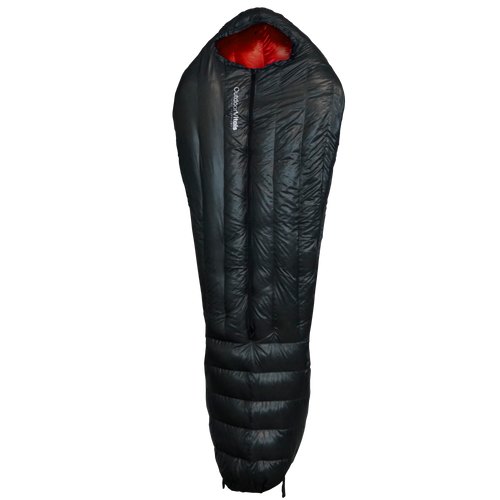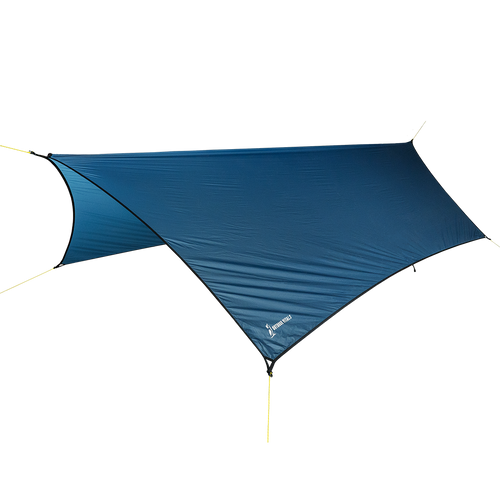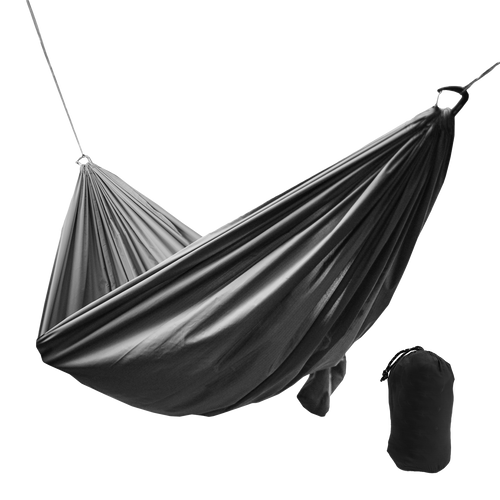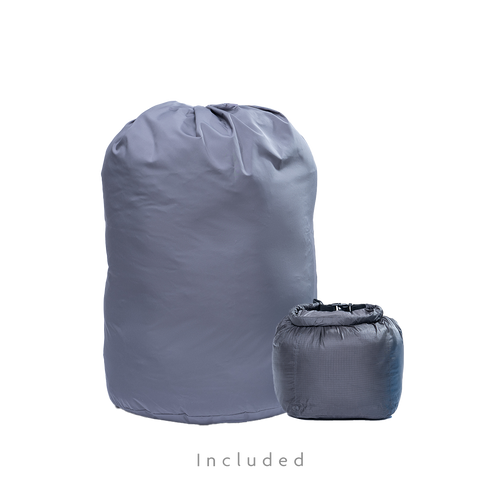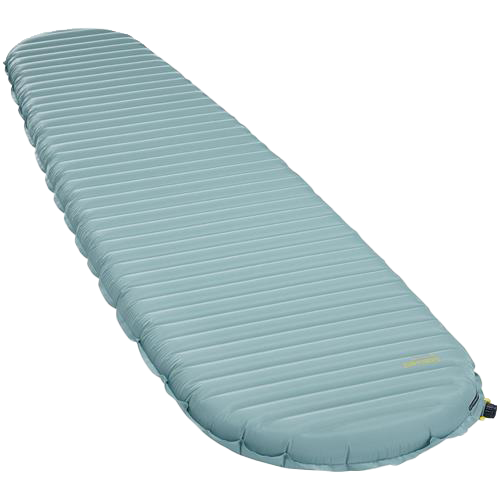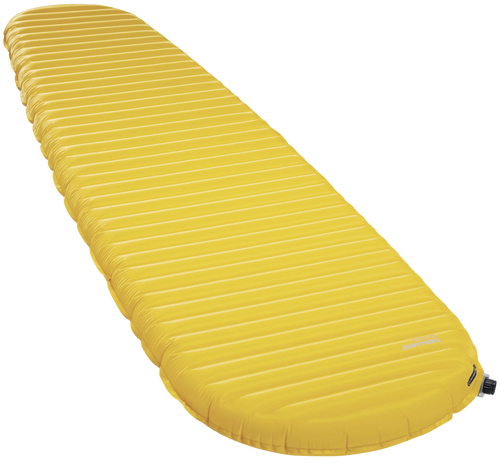Cold Soaking vs. Cooking With A Stove
You've been on the trail all day and you're starving. With sore feet, you get camp set up and start prepping for a much needed dinner. This moment has been something you've looked forward to all day, and honestly kept you moving on that last uphill stretch of trail. That's when you sit down on a log and realize something:
You've been cold soaking...
Cold Soaking: What is it?
In the backpacking community, cold soaking has been gaining more and more popularity and attention. Basically, it's prepping dehydrated meals without ever boiling any water or cooking. You add water to your cold soak recipe in a lightweight container, throw it in your pack, and forget about it until it's time to eat. By that time, the dehydrated food has soaked up the water and is ready to be devoured.
Cold soaking really is exactly what it sounds like. It's not a hot meal in any way shape or form, and it's the result of food sloshing around in water for hours. Now, before you write it off as "disgusting" or "abominable and wrong", take a second to read about why it's a thing. You might be surprised...
Why Cold Soak?
Weight
We've all been backpacking with an overloaded pack before, and it's simply not nearly as fun. In the quest to lower pack weight, cold soaking has been used as a part of the solution.
Think about it.
If you have no reason to cook, there's no reason to bring along a pot. You won't need a stove, and you certainly won't need fuel. Even if you are going with the more lightweight alcohol stove option, that's about 10 oz of weight for a 3 day trip you won't have to carry, and even more if you normally use a gas powered stove.
Does this mean that cold soaking is absolutely the lighter weight option for backpacking meals? Not exactly.... here's why:
While cold soaking doesn't require a pot, a stove, or fuel, you still have to carry around the water being used to saturate your food in addition to what you carry for drinking.
Most cold soak meals will require somewhere around 1 cup of water at least, which weighs about 8 oz in addition to your container and spoon.
If you are cooking with a stove, your cooking weight gets lighter as time goes on, because you use up fuel for each meal. That cold soak weight is a constant. You always have to carry about 8 oz of water to cold soak in addition to your drinking water, so by the end of a trip, a stove set up may or may not be lighter weight than a cold soak setup!
Speed
Even though cold soaking does take A LOT longer to get your meals ready to eat if you are counting the hours it sits in your pack. But if you are going by how long it takes to prepare once you get to camp, there is absolutely no wait time. The work has already been done.
The flip side of this is that you'll have to prepare your meal (mostly just by adding water) during some other part of the day.
We've found that by preparing a cold soak dinner during lunch break gives a meal plenty of time to saturate. Throughout the afternoon is easy to check progress during and see if you need to add any more water if it looks like there won't be enough.
*(as a rule of thumb, always err on the "not enough" side of things when first preparing your meal. You can always add more water later.)
A good place to throw your cold soak container (which could be a repurposed peanut butter jar) in the black mesh stretch pocket on the outside of our Ultralight Shadowlight Backpack. Being exposed to the sun actually helps heat up the cold soak jar so your meal isn't completely cold. And if you paint your container black, that will make your meal even warmer.
What About The Taste?
Cold soaking can sound gross, like everything will just end up in a soggy, mushy mess.
This can be true, but there are also tons of delicious cold soaking recipes out there that are incredibly easy to implement! We won't get into recipes here, but all you gotta do is google "cold soak recipes" and you'll be sure to find some easy, cheap option you'll love.
Be careful though of a few things.
We first tried cold soaking with a Knorr's Pasta Sides packet. What we failed to read on the label beforehand was the need to boil the noodles to cook them. As a result, the pasta had a kind of flour taste to it at the end of the day. That flour taste gets boiled out when cooking a Knorr's packet.
So once again, do your homework.
Make sure your planned meals will work effectively with cold soaking.
Conclusion
The way we see it, there's not really a clear winner between cold soaking and cooking with a stove on the trail.
Both have pros and cons, and whether or not you save any weight in your pack by cold soaking really depends on your current setup and trip length!
Cold soak meals can be delicious and simplify your evening after an exhausting day, but for some people, there's nothing quite as renewing as a hot meal.
Whether you decided to cold soak or use a stove is up to you, we know both get the job done. Whatever you do, make sure to do your homework and go prepared on your trips so you have an enjoyable experience.
Feel free to comment your thoughts on cold soaking vs cooking with a stove below, and keep living ultralight!
2 comments
While it may not save you weight, it does save you volume. carrying extra pot or two and stove may take up more space. Also if you are like me and like to drink protein shakes (coffee…yum), you will have to carry a jar like talenti anyways. Then why not use it for cooking too. I think cold soaking wins every ways as long as you are okay letting go hot meal!
I’ve done a combo of both cold soaking and heating my meals with alcohol. If it’s summer and I can get the food heat thru sun exposure, great. If it’s a cooler evening or I’ve gotten chilled, then it’s nice to have the heating option once the sun has set. Not truly ultralight I know, but I can carry less fuel.
For your item about the pasta, May I suggest making your own. An excellent pasta for cold soaking is Orzo. At home, I will cook it, mix it with the sauce I like, (pesto actually works well), then I dehydrate it. If you can get freeze-dried protein, and maybe veggies you like, this makes a great backpacking dinner. GH

